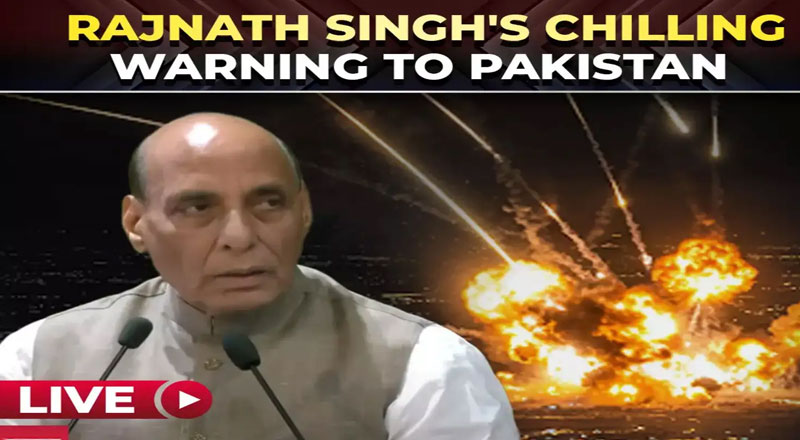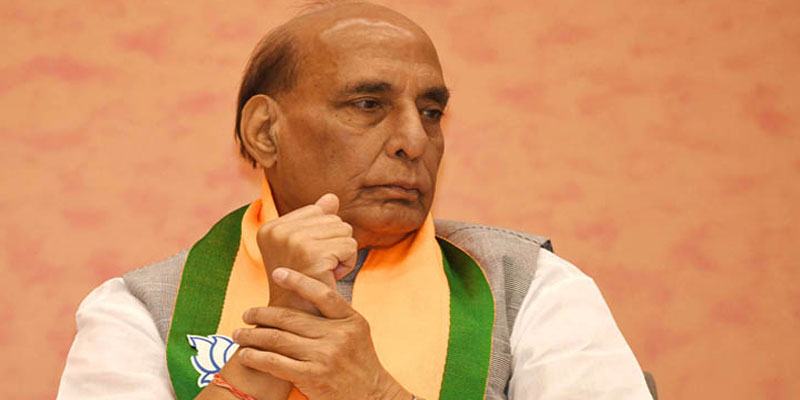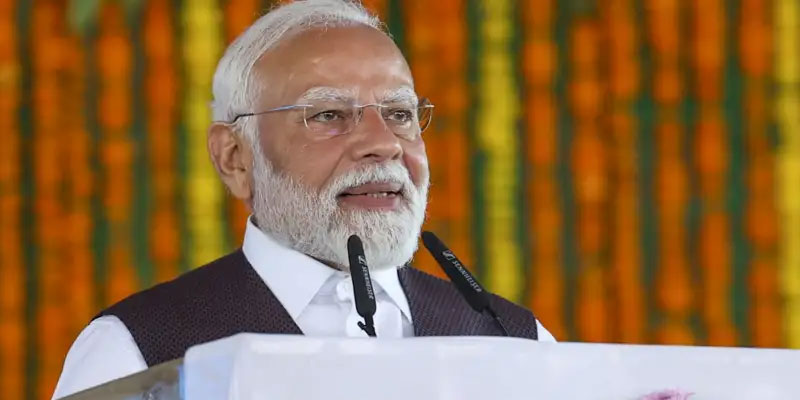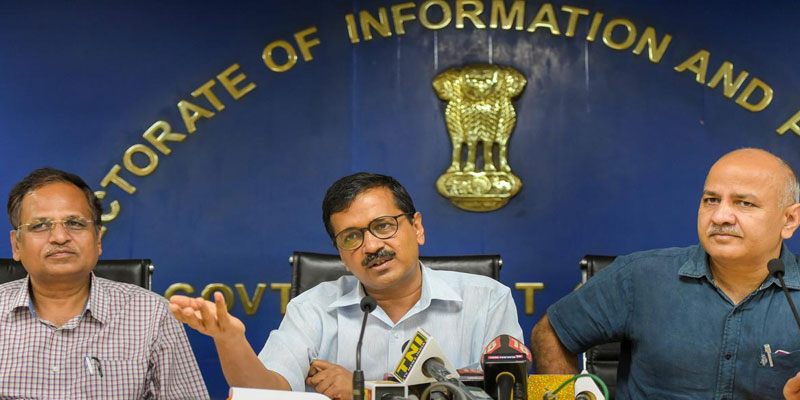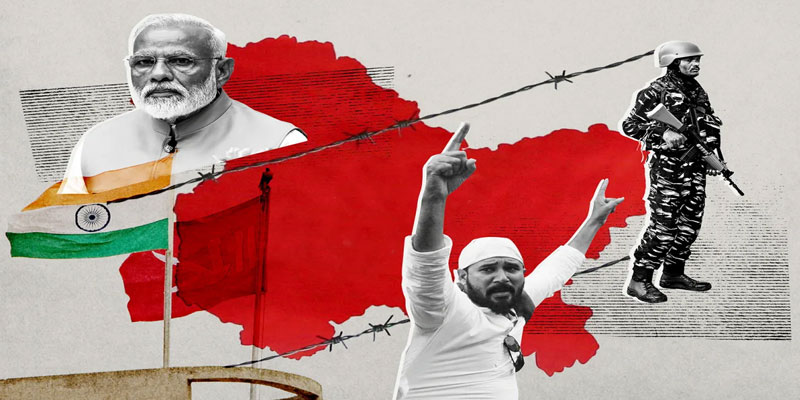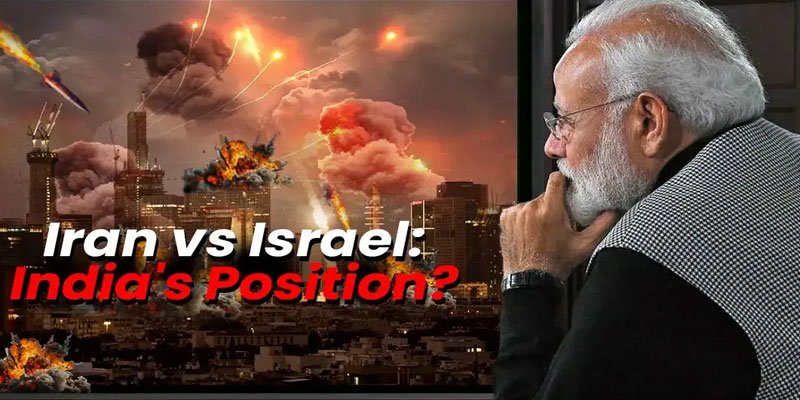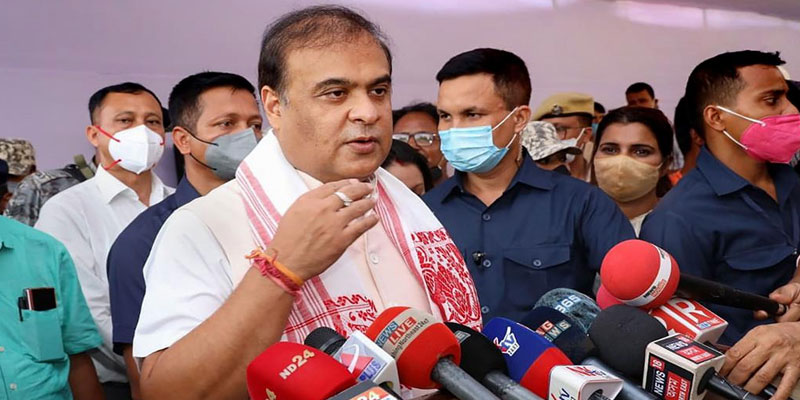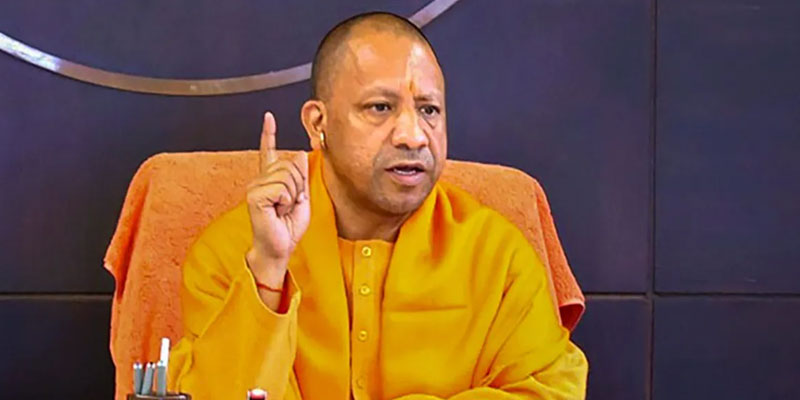o
Following the horrific terrorist attack in Pahalgam that left 26 civilians dead, India launched a swift and calculated military response—Operation Sindoor. The operation, aimed at eliminating cross-border terror infrastructure, saw Indian Armed Forces conducting precision missile and drone strikes on key terror-linked facilities. Over four days of high-intensity confrontation, India targeted nine locations in Pakistan and Pakistan-occupied Kashmir (PoK), delivering a powerful message: India will not tolerate state-sponsored terrorism. While the situation is now relatively calm under a ceasefire agreement, what has followed is a revealing shift in Pakistan’s narrative—marked by confusion, propaganda, and gradual admissions of damage.
Misinformation as the First Line of Defense
As Indian strikes gained traction, Pakistan immediately began countering the optics through a familiar tactic—misinformation warfare. Social media channels sympathetic to Islamabad began flooding timelines with sensational claims, none more prominent than the story of an Indian pilot being captured. The false claim alleged that Squadron Leader Shivani Singh of the Indian Air Force had been detained by Pakistani forces during aerial combat. The post went viral across various platforms, amplified by unofficial handles and pro-military influencers.
However, the Indian government quickly stepped in to clarify. The Press Information Bureau’s Fact Check unit debunked the claim, calling it “entirely fabricated.” The Indian Air Force confirmed that all personnel involved in Operation Sindoor were accounted for and safe. Air Marshal A.K. Bharti stated, “We are in a combat scenario and losses are part of combat. However, all our objectives were achieved, and all our pilots are back home.”
Damage Control Turns into Damage Admission
As the dust began to settle, Pakistan’s initial blanket denial began to fray. In a press briefing held jointly by the Pakistani Army, Air Force, and Navy on May 11, Lieutenant General Ahmed Sharif Chaudhry acknowledged that one Pakistani aircraft had sustained “minor damage”. While the phrasing attempted to minimize the impact, the acknowledgment itself marked a significant departure from Islamabad's previous claims of inflicting more damage than it received.
On the same day, the Indian Air Force provided detailed satellite imagery, confirming successful strikes on multiple targets including the Rahim Yar Khan airbase, which became non-operational due to runway damage. India’s targeted strikes had left a large crater on the runway, forcing the Pakistan Civil Aviation Authority to issue a NOTAM (Notice to Airmen) suspending operations until May 18. Pakistani officials were forced to confirm the airbase’s shutdown, citing “maintenance” as the reason.
Falling Facade: Deaths and Destruction Unveiled
As reports from Pakistani media trickled out, more cracks appeared. Dawn, a reputable daily in Pakistan, confirmed that 31 people had died during India’s Operation Sindoor strikes. Among them was Squadron Leader Usman Yousaf, a PAF pilot killed at Bholari airbase in Sindh, a key installation for Pakistan’s F-16 and JF-17 jets.
Meanwhile, Indian sources claimed the real number was far higher—over 100 terrorists eliminated, including at the Jaish-e-Mohammed (JeM) headquarters in Bahawalpur. These targets, deeply tied to Pakistan’s intelligence apparatus, were of strategic importance. “JeM was created by the ISI, and striking their headquarters was a strong message,” said Indian defence officials.
In addition, other Pakistani installations including transport aircraft at Nur Khan and technical facilities at Chunian airbase were reported damaged. These were not speculative statements but evidence-backed claims, supported by independent satellite images and NOTAMs issued by Pakistan itself.
The Shift from Denial to Reluctant Disclosure
What is notable in this post-conflict atmosphere is Pakistan’s shift from loud denial to quiet acceptance. In stark contrast to earlier episodes of cross-border tension—where bravado often overshadowed facts—this time, Islamabad has gradually conceded its losses.
There are several possible reasons for this:
- The undeniable evidence presented by India, including satellite images and detailed operational briefings.
- The lack of credible counterclaims—many of Pakistan's assertions were easily refuted or unsubstantiated.
- International scrutiny, particularly with the U.S., UAE, and France monitoring the situation closely.
- Domestic pressure, as internal voices within Pakistan’s civil society and media began questioning the official narrative.
The Power of Truth in Modern Conflict
The aftermath of Operation Sindoor offers a stark lesson in information warfare and credibility. While military strategy won battles on the ground, it was India’s transparency and control over narrative that helped win the psychological front. Pakistan’s piecemeal admissions reflect not just battlefield losses, but a broader erosion of its ability to control the global narrative.
As India continues to maintain strategic restraint under a fragile ceasefire, it must remain vigilant—not just on the borders but also in the digital arena, where wars of perception are increasingly being fought. In this context, truth, backed by evidence and resolve, becomes the most potent weapon of all.
(With agency inputs)


